Tilray's Fiscal Q4 Performance: A Mixed Financial Picture

- Tilray NASDAQ:TLRY exceeds top and bottom street estimates in fiscal Q4, indicating significant financial improvement.
- The company's negative P/E ratio of -1.42 and challenges in generating cash flow highlight ongoing financial challenges.
- Debt-to-equity (D/E) ratio stands at 0.11, showcasing Tilray's operation without leveraging a lot of debt, a positive sign amidst financial complexities.
NASDAQ:TLRY, a Canadian cannabis and beverage company, has recently reported financial results that exceeded both top and bottom street estimates for its fiscal Q4 period. This performance marks a significant improvement, reflecting the company's efforts in enhancing its financial health. Tilray has been focusing on reducing its substantial debt, a move that has shown promising progress. However, shareholders should be aware of the ongoing dilution, which could impact the value of their investments over time.
Tilray's current trading metrics provide a deeper insight into its financial standing. With a price-to-earnings (P/E) ratio of -1.42, the market is valuing TLRY's shares below its earnings potential. This negative P/E ratio suggests that the company is not currently profitable, a common scenario for many firms in the rapidly evolving cannabis industry. The price-to-sales (P/S) and enterprise value to sales (EV/Sales) ratios both stand at 2, indicating that the market values TLRY at 2 times its sales. These metrics are crucial for investors to understand how the market perceives the company's sales relative to its stock price.
Another critical financial metric is the enterprise value to operating cash flow (EV/OCF) ratio, which for TLRY is -24.25. This figure highlights the challenges the company faces in generating sufficient cash flow from its operations relative to its enterprise value. Cash flow is essential for a company's operations and growth, and a negative ratio here signals difficulties in this area. The earnings yield, at -14.88%, further illustrates the earnings generated per dollar invested in the company, underscoring the current financial challenges TLRY faces.
Despite these challenges, Tilray's debt-to-equity (D/E) ratio stands at 0.11, showcasing that the company operates without leveraging debt to finance its operations. This is a positive sign of financial health, especially in an industry where many companies take on significant debt to fuel growth. Operating without a lot of debt can provide TLRY with more flexibility and potentially less risk for investors, contrasting with the dilution concerns mentioned earlier. Investors can calculate the stock's target price using financial ratios and compare a company to its closest peers using a simple financial ratio valuation model.
In summary, while Tilray has shown notable improvements in its fiscal Q4 performance, the financial metrics reveal a complex picture. The negative P/E ratio, challenges in generating cash flow, and the ongoing dilution issue are critical factors for investors to consider. However, D/E eatio of 0.11 presents a silver lining, indicating a cautious approach to financial management amidst the company's efforts to improve its overall financial health.
| Symbol | Price | %chg |
|---|---|---|
| SIDO.JK | 565 | -1.77 |
| TSPC.JK | 3000 | -1 |
| 000100.KS | 115300 | 0.69 |
| 000105.KS | 100900 | -0.59 |
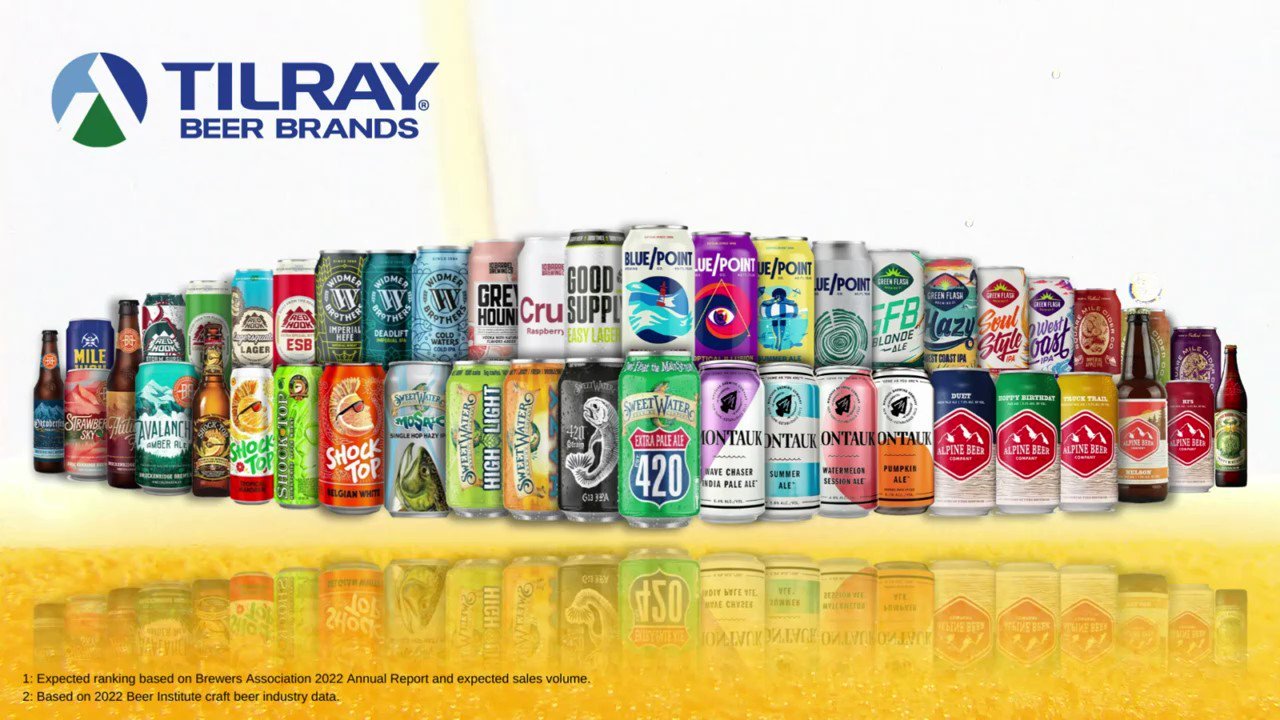
Tilray Brands, Inc. (NASDAQ: TLRY) Quarterly Earnings Preview
- Earnings per Share (EPS) is expected to be -$0.03, marking a 25% improvement year-over-year.
- Projected revenue of approximately $205.75 million, indicating a 3.39% increase from the previous year.
- Tilray's stock has experienced a 38.4% surge over the past month, outperforming the Medical sector and the S&P 500.
Tilray Brands, Inc. (NASDAQ: TLRY) is a prominent player in the cannabis industry, known for its diverse product offerings and strategic acquisitions. The company has expanded its portfolio beyond cannabis, acquiring craft beer brands from Anheuser-Busch InBev, which has helped balance its revenue streams. Despite its growth, Tilray's stock has faced volatility, trading significantly below its peak in 2018.
On October 9, 2025, Tilray is set to release its quarterly earnings, with Wall Street estimating an earnings per share (EPS) of -$0.03. This represents a 25% improvement from the same quarter last year, indicating progress in the company's financial performance. Revenue is projected to be approximately $205.75 million, slightly below the expected $206.83 million, yet still marking a 3.39% increase from the previous year.
Recently, Tilray's stock price closed at $1.66, a 4.34% decrease despite broader market gains. This decline contrasts with the company's impressive 38.4% surge over the past month, outperforming both the Medical sector and the S&P 500. The stock's recent rally, driven by political news and increased trading volume, has sparked investor interest and speculation about its long-term value.
Tilray's financial metrics reveal a complex valuation scenario. The company has a price-to-sales ratio of approximately 1.60 and an enterprise value to sales ratio of 1.61, suggesting a reasonable valuation relative to its sales. However, the negative price-to-earnings ratio and earnings yield indicate current unprofitability, while the negative enterprise value to operating cash flow ratio highlights challenges in generating cash flow.
Despite these challenges, Tilray maintains a strong cash position and a low debt-to-equity ratio of 0.16, reflecting financial stability. The current ratio of 2.46 further underscores its ability to cover short-term liabilities. As investors anticipate the upcoming earnings release, Tilray's diversified business model and strategic positioning continue to attract attention in the evolving cannabis market.
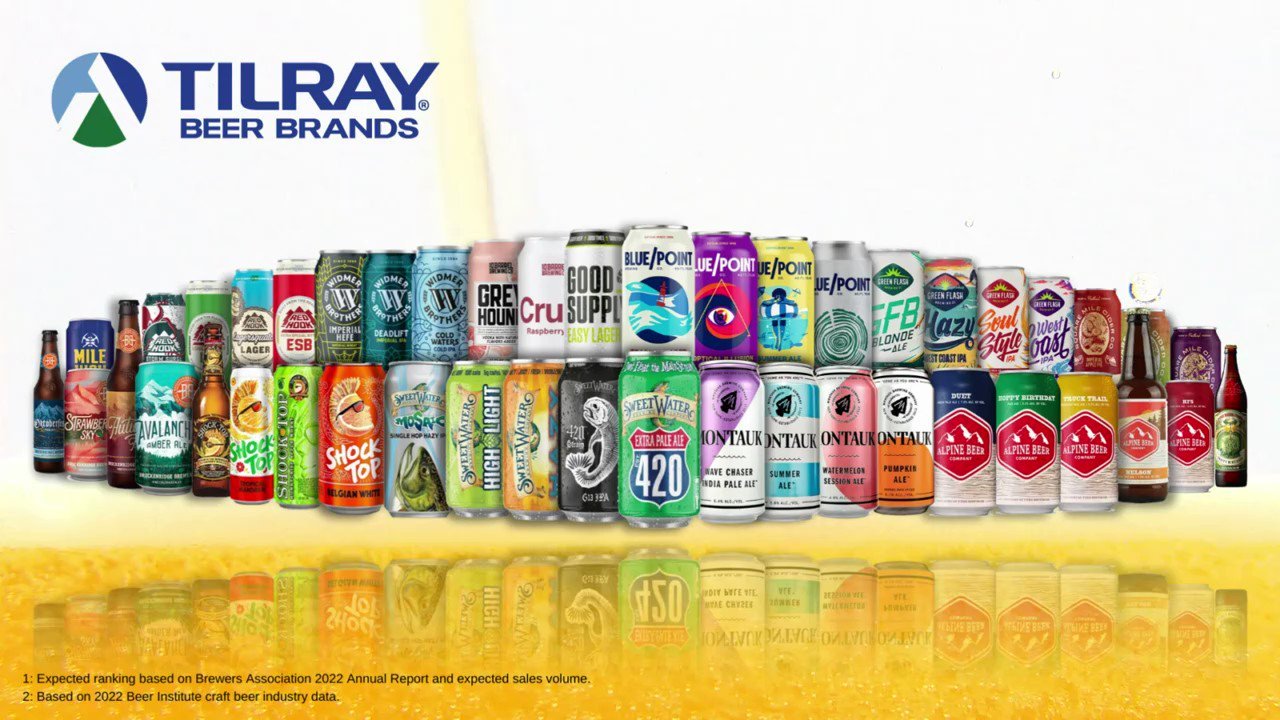
Tilray Brands, Inc. (NASDAQ:TLRY) Insider Buying and Financial Overview
- The Chief Financial Officer of Tilray Brands, Inc. (NASDAQ:TLRY) demonstrates confidence in the company by purchasing 33,500 shares.
- Tilray's financial metrics reveal a mixed picture with a strong liquidity position but challenges in generating positive cash flow.
- The company's strategic initiatives and financial management are crucial in maintaining its competitive position in the cannabis industry.
Tilray Brands, Inc. (NASDAQ:TLRY) is a prominent player in the cannabis industry, known for its diverse range of cannabis products. The company operates globally, focusing on medical and recreational cannabis, as well as hemp-based foods and beverages. Tilray competes with other major cannabis companies like Canopy Growth and Aurora Cannabis, striving to maintain its market position through strategic initiatives and financial management.
On July 30, 2025, Merton Carl A, the Chief Financial Officer of Tilray, made a significant move by purchasing 33,500 shares of the company's common stock at approximately $0.60 each. This transaction increased his total ownership to 798,069 shares. Such insider buying can often signal confidence in the company's future prospects, despite the challenges highlighted in recent financial discussions.
During Tilray's Q4 2025 earnings conference call, key executives, including Merton Carl A, discussed the company's financial performance and strategic direction. The call, held on July 28, 2025, attracted attention from analysts at Alliance Global Partners and ATB Capital Markets Inc., reflecting the investment community's keen interest in Tilray's operations and future plans.
Tilray's financial metrics present a mixed picture. The company has a price-to-sales ratio of 0.77 and an enterprise value to sales ratio of 0.79, indicating a relatively low valuation compared to its sales. The debt-to-equity ratio is 0.16, showing a conservative approach to debt. However, the negative price-to-earnings ratio and earnings yield suggest ongoing financial losses.
Despite these challenges, Tilray maintains a strong liquidity position with a current ratio of 2.46, meaning it has more than twice the current assets compared to its current liabilities. However, the negative enterprise value to operating cash flow ratio highlights difficulties in generating positive cash flow from operations, a critical area for the company's financial health.

Tilray Brands, Inc. (NASDAQ:TLRY) Fiscal Year 2025 Financial Highlights
- Net revenue of $821 million for fiscal year 2025, with a constant currency revenue of $834 million.
- International cannabis revenue surged by 71% in Q4 and 19% for the fiscal year.
- Adjusted EBITDA expected to range between $62 million and $72 million for fiscal year 2026.
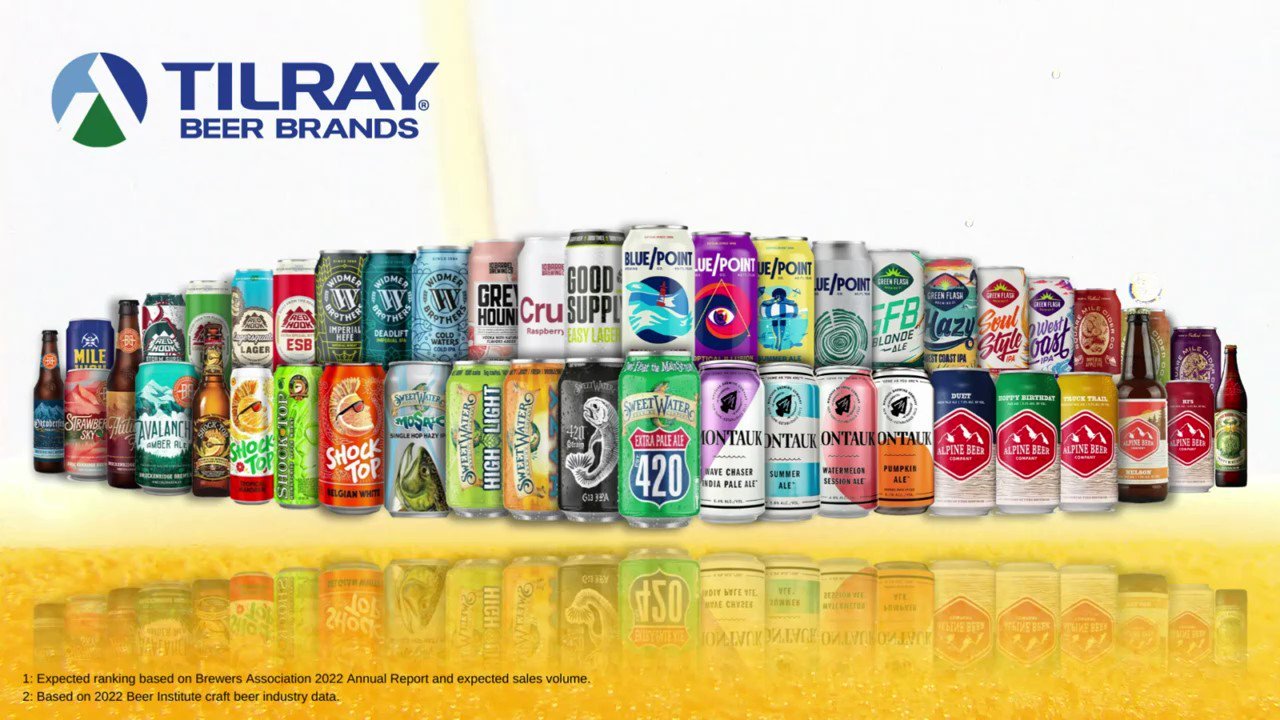
Tilray Brands, Inc. (NASDAQ:TLRY) Overview and Analyst Insights
- Jefferies analyst Kaumil Gajrawala sets a price target of $1.50 for Tilray Brands, Inc. (NASDAQ:TLRY), indicating a significant potential upside.
- The company's Q4 2025 earnings call highlighted by CEO Irwin David Simon and CFO Carl A. Merton, focusing on financial performance and strategic direction.
- Tilray's stock shows volatility with a substantial trading volume on the NASDAQ, reflecting investor interest and the dynamic nature of the cannabis market.
Tilray Brands, Inc. (NASDAQ:TLRY) is a prominent player in the cannabis industry, known for its production and distribution of medical and recreational cannabis products. The company operates globally, with a focus on innovation and strategic partnerships to expand its market reach. Tilray faces competition from other cannabis companies like Canopy Growth and Aurora Cannabis, which also aim to capture market share in this rapidly growing industry.
On July 29, 2025, Kaumil Gajrawala from Jefferies set a price target of $1.50 for Tilray. At that time, the stock was priced at $0.5769, indicating a significant potential upside of approximately 40% from the target. This optimistic outlook suggests confidence in Tilray's future performance, despite the current stock price reflecting a decrease of 17.55%, with a change of -$0.12.
During Tilray's Q4 2025 earnings conference call, key figures like CEO Irwin David Simon and CFO Carl A. Merton discussed the company's financial performance and strategic direction. Analysts such as Aaron Thomas Grey and Frederico Yokota Choucair Gomes participated, likely focusing on Tilray's market strategies and future outlook. This discussion is crucial for understanding the company's position in the cannabis industry.
The stock for TLRY has shown volatility, with a daily range between $0.55 and $0.62. Over the past year, it reached a high of $2.15 and a low of $0.35. This fluctuation reflects the challenges and opportunities in the cannabis market. Despite these challenges, Tilray's market capitalization remains at approximately $598.9 million, indicating its substantial presence in the industry.
With a trading volume of 70,960,280 shares on the NASDAQ exchange, Tilray continues to attract investor interest. The company's strategic initiatives and market positioning are key factors that could influence its stock performance. As highlighted by StreetInsider, Jefferies' reiterated buy rating underscores the potential for growth and value in Tilray's stock.

Tilray Brands, Inc. (NASDAQ:TLRY) Overview and Financial Performance
- Jefferies reiterated a "Buy" rating for Tilray Brands, Inc. (NASDAQ:TLRY) on July 29, 2025, with a cautious "hold" action.
- The stock experienced a 17.55% decline in price, dropping to approximately $0.58.
- Tilray's market capitalization stands at $598.9 million, with a high trading volume indicating active investor interest.
Tilray Brands, Inc. (NASDAQ:TLRY) is a prominent player in the cannabis industry, known for its production and distribution of medical and recreational cannabis products. The company operates globally, with a focus on expanding its market presence and product offerings. Tilray faces competition from other cannabis companies like Canopy Growth and Aurora Cannabis, which also aim to capture market share in this rapidly growing industry.
On July 29, 2025, Jefferies reiterated its "Buy" rating for Tilray, maintaining a positive outlook on the stock. Despite the "Buy" rating, the action was marked as "hold," indicating a cautious approach. At the time, TLRY was priced at approximately $0.58, reflecting a slight decrease from its current price of $0.57. This price change represents a 17.55% decline, with a decrease of $0.12.
Tilray's recent Q4 2025 earnings conference call, held on July 28, 2025, provided valuable insights into the company's financial performance and strategic direction. Key company figures, including CEO Irwin David Simon and CFO Carl A. Merton, participated in the call. Analysts from Alliance Global Partners and ATB Capital Markets Inc. also joined, highlighting the importance of the event for investors and stakeholders.
The stock's trading range today has been between a low of $0.55 and a high of $0.62, indicating some volatility. Over the past year, TLRY has experienced significant fluctuations, with a high of $2.15 and a low of $0.35. This volatility is not uncommon in the cannabis industry, where regulatory changes and market dynamics can impact stock prices.
Tilray's market capitalization currently stands at approximately $598.9 million, reflecting its position in the industry. The trading volume for TLRY is substantial, with 70,960,280 shares traded on the NASDAQ exchange. This high trading volume suggests active investor interest and engagement with the stock, despite its recent price decline.
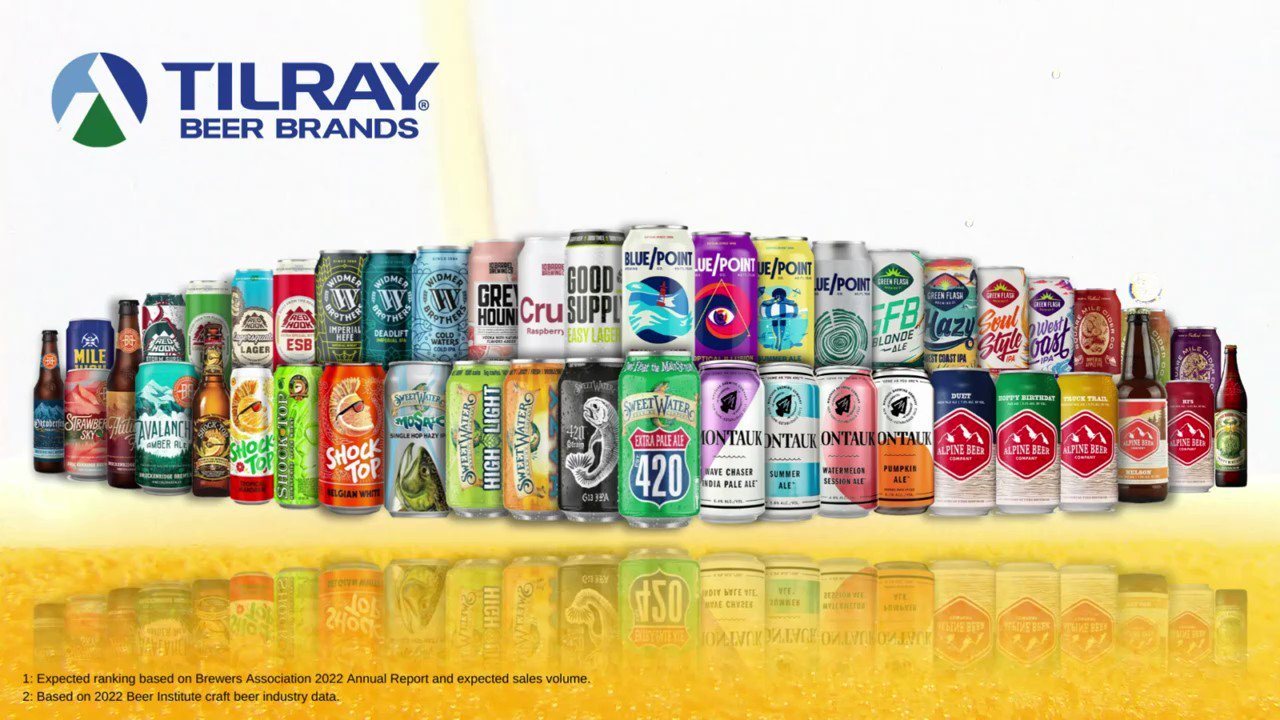
Tilray Brands, Inc. (NASDAQ:TLRY) Quarterly Earnings Preview
- Earnings Per Share (EPS) is expected to be -$0.03, marking a 25% improvement year-over-year.
- Revenue projections stand at approximately $233.3 million, indicating a 4.4% increase from the previous year.
- Financial ratios reveal challenges in profitability and cash flow, but a strong liquidity position with a current ratio of 2.62.
Tilray Brands, Inc. (NASDAQ:TLRY) is a prominent player in the cannabis industry, known for its diverse range of cannabis products. The company operates in a competitive market alongside other major cannabis firms. As TLRY prepares to release its quarterly earnings on July 28, 2025, investors are keenly watching the anticipated financial results.
Wall Street estimates that TLRY will report an earnings per share (EPS) of -$0.03. This represents a 25% improvement from the same period last year, as highlighted by the company's expected quarterly loss. Despite the negative EPS, the improvement suggests that TLRY is making strides towards better financial health.
Revenue projections for TLRY are approximately $233.3 million, with some estimates reaching $240 million, indicating a 4.4% year-over-year increase. This growth in revenue reflects the company's efforts to expand its market presence and increase sales, even as the cannabis industry faces various challenges.
The stability in the consensus EPS estimate over the past 30 days suggests that analysts have maintained their initial projections. This stability is important as revisions to earnings estimates can influence investor behavior and impact short-term stock price movements.
TLRY's financial ratios provide insight into its current financial position. The company has a price-to-earnings (P/E) ratio of -0.68, indicating it is not yet profitable. However, a price-to-sales ratio of 0.88 suggests the stock is valued at less than one times its sales, which may appeal to value investors. The enterprise value to sales ratio of 1.06 and the enterprise value to operating cash flow ratio of -17.24 highlight challenges in generating positive cash flow. Despite these challenges, TLRY maintains a strong liquidity position with a current ratio of 2.62, indicating its ability to cover short-term liabilities.
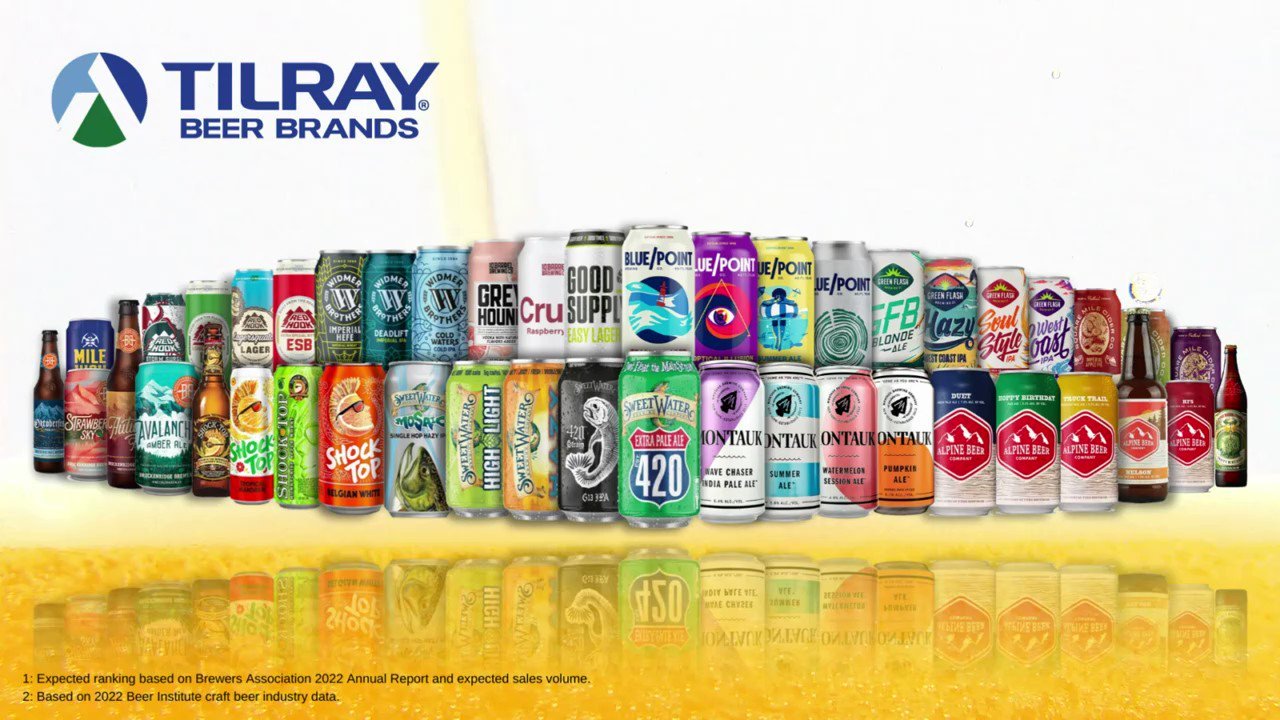
Tilray Brands, Inc. (NASDAQ:TLRY) Faces Financial Challenges Despite Strong Market Presence
- Tilray Brands, Inc. (NASDAQ:TLRY) reported an earnings per share (EPS) of -$0.87, significantly missing the estimated EPS of -$0.04.
- The company's revenue for the fiscal third quarter was $185.78 million, falling short of the estimated $267.87 million.
- Despite financial challenges, Tilray maintains a price-to-sales ratio of approximately 0.52 and a current ratio of approximately 2.54.
Tilray Brands, Inc. (NASDAQ:TLRY) is a prominent player in the cannabis industry, known for its diverse product offerings, including medical and recreational cannabis, hemp-based foods, and beverages. The company operates in a competitive market alongside other cannabis giants like Canopy Growth and Aurora Cannabis. Despite its strong market presence, Tilray faces financial challenges, as reflected in its recent earnings report.
On April 8, 2025, Tilray reported an earnings per share (EPS) of -$0.87, significantly missing the estimated EPS of -$0.04. This disappointing performance was discussed during the company's Q3 2025 earnings conference call, which included key executives like Irwin Simon, CEO, and Carl Merton, CFO. Analysts from firms such as Alliance Global Partners and TD Securities participated, highlighting the market's keen interest in Tilray's financial health.
Tilray's revenue for the fiscal third quarter was $185.78 million, falling short of the estimated $267.87 million. This revenue decline, from $188.3 million the previous year, contributed to a 16% drop in the company's share price, as highlighted by Proactive Investors. The underperformance in revenue has led to investor disappointment and a sharp decline in Tilray's stock value.
Despite these challenges, Tilray maintains a price-to-sales ratio of approximately 0.52, indicating that the market values its sales at about half of its current market price. The enterprise value to sales ratio is around 0.74, suggesting a slightly higher total valuation, including debt. The company's debt-to-equity ratio is relatively low at 0.11, reflecting a conservative use of debt.
Tilray's liquidity position remains strong, with a current ratio of approximately 2.54, indicating it has more than twice the current assets compared to its current liabilities. However, the company faces financial challenges, as evidenced by its negative earnings yield and negative price-to-earnings ratio. These metrics suggest that Tilray is experiencing difficulties in generating profits, which may impact its future financial performance.







